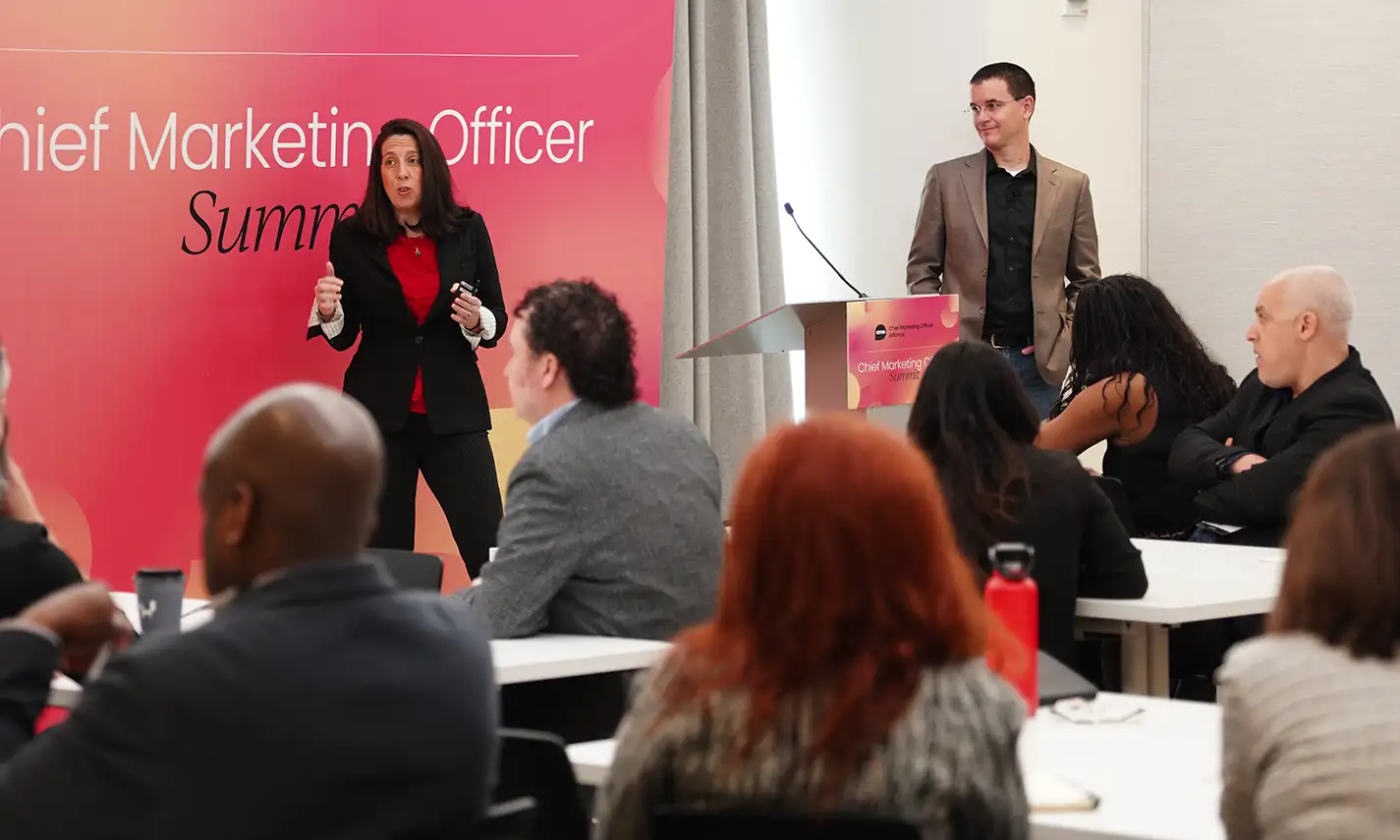Insights

The Modern CMO’s Guide to AI, Brand Strategy & Performance Marketing
Recent Insights

The Big Bet: Why SitecoreAI Deserves a Deep Look

How to Build a Business Case for Digital Transformation

Replatforming Your Website? Avoid These Common Mistakes
